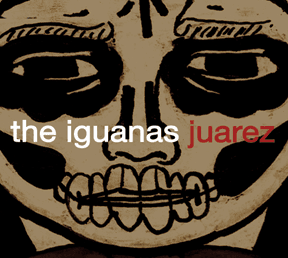Mardi Gras is over but the dancing can continue with the help of over two dozen New Orleans acts ready to kick off March in style. Start the show to hear Jason Ricci and Joe Krown offer up some “Real Good Funk.”
Big Sam’s Funky Nation rocks the opening of the first full set with “Feet on the Floor” followed by Marcia Ball’s “Right Back In It” and a retro disco-like cover of “Fly Me to the Moon” by Dr. Brice Miller’s alter ego Ecirb Muller’s Twisted Dixie.
It’s not all funk cause the second full set is loaded with hot jazz by Meschiya Lake, Jacques Gauthe, Shotgun Jazz Band, Treme Brass Band, and Smoking Time Jazz Club.
The show switches gears but still stays danceable with The Iguanas and Panorama Jazz Band, Big Chief Monk Boudreaux and The Neville Brothers.
Where’s the R&B? Next set features Irma Thomas and Ernie K-Doe (Patron Saint of this Blog). Later Lloyd Price demonstrates why he is an underappreciated progenitor of ‘rock n’ roll.”
And so the show rolls and rocks and boogies with additional help from Johnny Sketch & the Dirty Notes, John Lisi & Delta Funk, Theryl “Houseman” DeClouet, The Meters, Professor Longhair, Dana Abbott and Professor Longhair.
Enjoy the show and stay tuned for next week’s farewell show. Last Gumbo YaYa!





